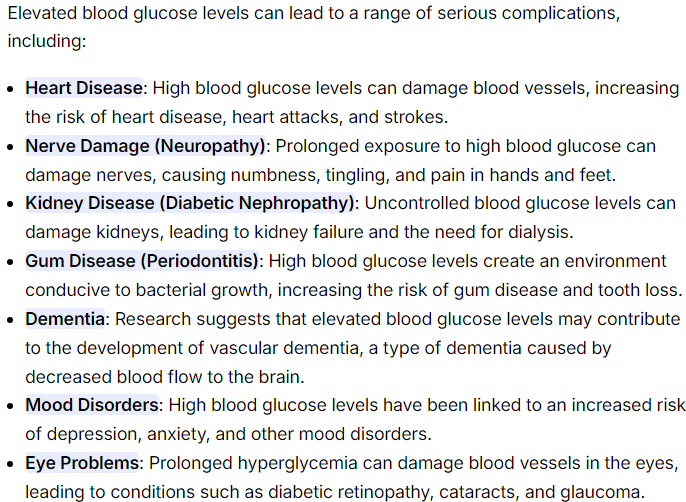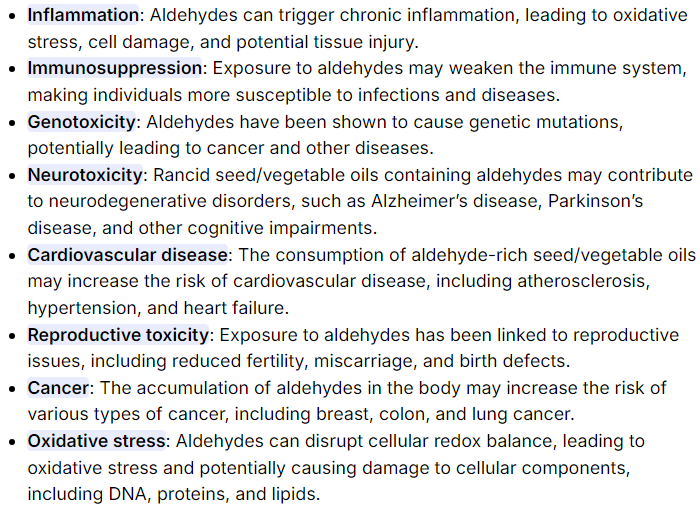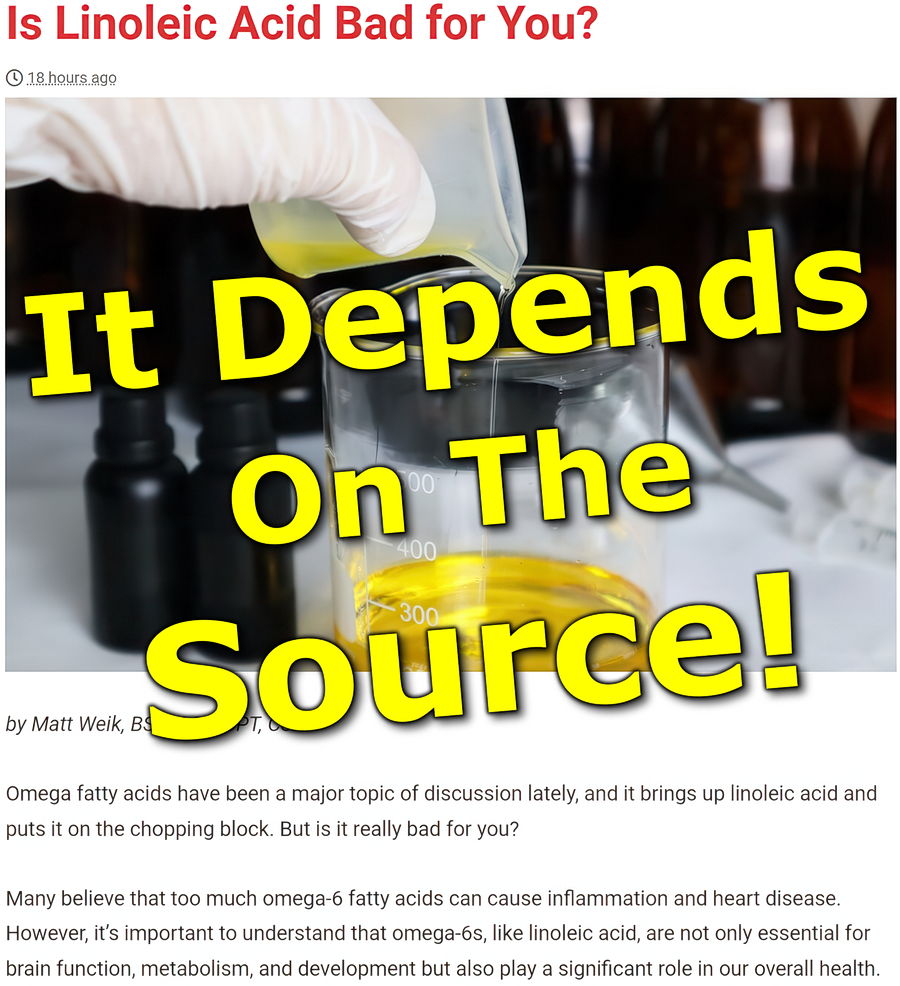Again we return to the crappy supplement-driven Iron Magazine and their writer Matt Weik, who might just have the worst track record in the history of “fitness writers.”
This time he tried to tackle linoleic acid, a type of omega-6 polyunsaturated fatty acid (PUFA.) Let’s see if he manages to get something right this time.
“Many believe that too much omega-6 fatty acids can cause inflammation and heart disease. However, it’s important to understand that omega-6s, like linoleic acid, are not only essential for brain function, metabolism, and development but also play a significant role in our overall health.”
The problem here is the bastardized and hijacked pseudo-science of nutrition, and scientists/researchers that are either bought and paid for by the food industry, or are to stupid to understand the most basic things within biochemistry (they’re educated in “nutrition” and not the real sciences, such as biology, physiology, and biochemistry.)
Something that is essential and good for us can not be bad and unhealthy at the same time. And we will get to why some believe this by exploring the two different types of linoleic acid.
Linoleic Acid was first identified in linseed oil (flaxseed oil) in 1844 by F. Sacc. The name “linoleic acid” was derived from the Latin word “linum,” meaning flax, and the Greek word “oleos,” meaning oil. The name “linoleic acid” reflects the chemical properties and structure of the fatty acid, and not its specific source — and this is crucial to understand.
In plant tissues, linoleic acid is typically found as two double bonds esterified to glycerol as part of phospholipids, such as phosphatidylcholine or phosphatidylethanolamine, or as a component of triacylglycerols in seed oils. Herbivores and some omnivores can extract linoleic acid and store it in their tissues where it is stored in the form of triglycerides, which are composed of three double bonds attached to a glycerol molecule.
This means that there are two very separate versions of linoleic acid. One that is found in plants and one that has been metabolized and stored in a bioavailable format in organic tissue, as in animals and our own cells.

In other words, humans as obligate hyper carnivores can only get bioavailable and compatible linoleic acid from consuming animal-based foods which have the correct form of this omega-6 fatty acid. While it may be possible to convert some of the linoleic acid found in plants, it is a polyunsaturated fatty acid, which means that it will oxidize the second it get exposed to oxygen and/or light, becoming rancid and extremely toxic, causing cellular damage and much more.
Even if you consume the plant as a whole, as for example a toxic avocado, the oxidation process begins the second the plant has been harvested — and thus some of the fatty acids will be rancid and the production of aldehydes has begun.


“In Western countries, the intake of omega-6 fatty acids often surpasses the recommended amount, leading to a focus on their adverse effects, which isn’t really an issue when you look at Eastern countries.”
Because of the idiotic and retarded consumption of seed/vegetable oils, which are present in almost every processed food, and all these oils have the wrong form of these fatty acids, not to mention their rancidity and toxicity.
In Eastern countries they consume more meat and fish, which contain the correct form, and mostly use seed/vegetable oils sparingly in cooking only (which is still very stupid, as no human should ever consume seed/vegetable oils.)
“Consuming organic, non-GMO sources of linoleic acid can lower cardiovascular disease risk, improve brain health, and enhance reproductive health. Linoleic acid, making up about 90% of dietary omega-6s, is crucial in many biochemical processes.”
And here comes the backwards-thinking pseudoscience and the simple ignorance of “scientists” within the inverted field of “nutrition” knocking on the door. If you’ve kept up with me thus far, you should already have figured out how it works with any of the health benefits from linoleic acid.
First, linoleic acid (LA) is an essential fatty acid. That means that our bodies cannot produce it, it has to be obtained from food, and that it is needed in several biological processes and that we will eventually die if we do not get enough. LA is a precursor for the synthesis of physiological regulators called eicosanoids, including prostaglandins, prostacyclins, thromboxanes, and leukotrienes. It’s essential for brain function, hearth health, reproductive health, and for skin moisture and much more.
Now, normally when they look at administering linoleic acid by seed/vegetable oils or supplements, they do a plasma and serum analysis (as in a blood test.) And if you know human physiology, you know that this measurement method is completely irrelevant as an indicator of what the body does to the compound. Whenever you consume something, there will be a rise in blood concentrations of the compounds consumed. As the body uses and stores these nutrients/compounds, such as vitamins, blood concentrations should return to normal within a reasonable time, which is usually 6 to 12 hours. For fatty acids, it should only be a few hours and 6 hours at most. However, if blood levels of these compounds remain elevated for longer than this, it’s an indicator that your body cannot use it, as it is foreign and not bioavailable. This is what we see with all synthetic vitamins, such as B12 injections (which can linger for a week to several months,) or supplementation with vitamins. Of course, if your body can’t use it or discard it, as it does if there’s too much, it will do a lot of damage as it slowly breaks down on its own.

And when scientists look at health benefits or changes in health, they do tissue analysis to determine the status/concentration of various compounds, as in this case linoleic acid. And if they do a tissue sample, it is the correct form of linoleic acid, as stored in the form of triglycerides, composed of three double bonds attached to a glycerol molecule.
Again, this is crucial, as linoleic acid from plants has absolutely nothing to do with this version of linoleic acid as stored in living tissue. And we can only get it without any enzymatic conversion and without any toxic load from consuming other animals who already have stored its linoleic acid in the exact same way.
“Linoleic acid, an omega-6 polyunsaturated fatty acid (PUFA), is found in many foods, especially nuts, seeds, and seed oils.
As a primary component of vegetable oils, it’s a major calorie source in many processed foods. It also enhances the sensory properties of foods by carrying flavors and altering textures.”
While this is true, as this was the way it was originally identified, it is still totally irrelevant as there are two distinct versions of linoleic acid — the for humans useless version found in plants, and the essential usable version found in tissues of animals and their produce, such as eggs.
So, your simple-minded focus on the plant-derived linoleic acid is totally misplaced and only illustrates your complete lack of understanding of biochemistry and biology.
“Linoleic acid is liquid at room temperature, colorless or lightly straw-colored, and usually flavorless or slightly bitter. It’s molecularly unstable and prone to oxidation during storage and heating, which can increase its bitterness when rancid.”
Again, anything bitter is an indication that it is toxic, as in poisonous. And you actually pointed that out by admitting that it goes rancid immediately after it’s been processed. However, you failed to explain how incredibly toxic and damaging any kind of seed/vegetable oil is for human physiology, and even more so when rancid, especially due to the production of aldehydes.

And remember, all seed/vegetable oils go rancid the moment they are processed. Even some of the fatty acids within the plants after being harvested have gone rancid. That is why you should never get any “fats” from plants. Well, you should not get anything from plants as they have zero nutritional value and are filled with toxins such as defense chemicals, antinutrients, fiber, and pesticides.
After this, Matt Weik lists the health benefits, or what linoleic acid is used for in the body, which I already covered above.
Is Linoleic Acid Good or Bad for You?
“While consuming 1-2% linoleic acid is essential for survival, it’s important to be aware that higher intakes are linked to a range of health issues, including inflammation, heart disease, cancer, dementia, diabetes, and obesity.”
Yes, because the majority of linoleic acid in the modern diet is from plant-based foods, and therefore toxic. Again, inflammation is a response to tissue damage, whenever inflammation goes up, the body is trying to repair and heal from damage. And as you now know, anything plant-based, especially rancid seed/vegetable oils causes a lot of tissue damage. So, of course inflammation will go up.

And as these toxic substances, as in aldehydes from the rancid oil, enter the bloodstream, there will be damage to the blood vessels and the heart. And that is why real scientists have warned us about consuming carbohydrates and seed/vegetable oils, as carbohydrates elevates blood glucose which is damaging to our blood vessels, nerves, soft tissues, and organs — and so is all seed/vegetable oils, especially when rancid. It’s double trouble for your cardiovascular system.



However, if you get linoleic acid from animal-foods, it will be fully bioavailable and immediately absorbed by the tissues who need it. And since it’s perfectly balanced, just as in your own tissues, it’s almost impossible to get too much, even if the animal has been fed a bad diet. And again, if it’s bioavailable and in the same format as we store it ourselves in our cells, the body can easily break down and discard anything it does not need. That’s what our liver and kidneys are used for.

However, non-bioavailable compounds take a lot more effort, and they break down much more slowly, doing great damage during that time. And keep in mind that ALL plant-based compounds are non-bioavailable for humans.


“Today, people consume more linoleic acid than ever before. Historically, most didn’t eat vegetable or seed oils high in linoleic acid, getting enough from nuts, grains, meat, eggs, and dairy naturally through their diet. It’s important to be mindful of your dietary choices and strive for a balanced intake of essential fatty acids.”
Grains are a very recent phenomenon and were necessary for survival as the population increased rapidly. Unfortunately, it’s one of the worst and most toxic plant-based edibles available. And consuming nuts was not that common and also seasonal.
Again, as I’ve explained, if you adopt our natural human species-specific carnivorous diet, you will never have to worry about silly stuff like this. You will get all the essential nutrients you need in a fully bioavailable format.
“The problem with high linoleic acid intake is its instability as an omega-6 polyunsaturated fatty acid. It oxidizes quickly during manufacturing, storage, cooking, and within the body, leading to cellular instability and inflammation. Excess linoleic acid accumulates in cells, causing more inflammation.”
Linoleic acid does not cause inflammation, as that is a biological response, you dimwit. When you consume linoleic acid from plant-based foods, it causes tissue damage. Inflammation is our natural response to tissue damage, it’s part of the healing process.
Well, at least you acknowledge the oxidation, which again, should tell you not to consume seed/vegetable oils — even if you do not understand the difference between linoleic acid found in plants and that stored in animal tissue.
“Overconsumption also disrupts the balance between omega-6 and omega-3 fats, depleting anti-inflammatory omega-3s. It’s important to maintain a healthy balance between these two types of fats in your diet.”
This is the effect of oxidation from plant-based foods and seed/vegetable oils, especially those that contain omega-6. As they damage tissue, omega-3 is needed for the repair, as in the inflammatory response, thus depleting omega-3.


If you do not consume any seed/vegetable oils or other toxic plant-matter, this can never happen, as there is no rancid oil or toxic version of omega-6 entering your body.
To conclude, simply using the term “omega-6” or “linoleic acid” is very misleading, and a typical construct of the totally misguided “nutrition science.” Instead, when looking at biochemistry, biology, and physiology, it becomes abundantly clear that there is two forms of linoleic acid — one that is found in plants and that is both extremely toxic and totally useless for humans, and one form that has been stored in organic tissue that is fully bioavailable and essential. With this in mind, we should set an example and label the two to distinguish them from each other. In simple terms, we have “plant-derived linoleic acid” and we have “animal-derived linoleic acid.” As we are obligate hyper carnivores, only the animal-derived version should be consumed.
If you need help with your health, nutrition, and/or transitioning from your current way of eating to our natural species-appropriate, species-specific way of eating, I’m available for both coaching and consultation.
And if you found the article and my insights helpful and enjoy my free information, please consider donating to help pay the webhosting bills and keep the site running. And if you’re interested in discussing and sharing information with likeminded people, consider joining our uncensored community at Ungovernable.se. Thank you!


